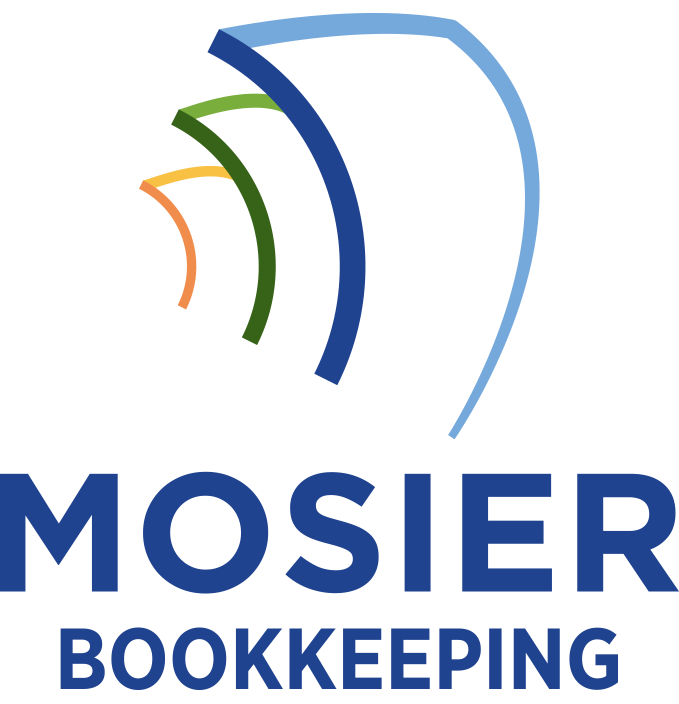Key bookkeeping KPIs focus on five essential metrics I’ve identified through industry analysis: accuracy rates (targeting below 0.5% error), transaction processing efficiency (24-48 hour completion), account reconciliation timeliness (within 5 business days), compliance scores (98%+ accuracy), and cash flow management indicators. I’ve found these measurements vital for maintaining financial record integrity and operational preeminence. Let’s explore how each metric drives best-in-class bookkeeping performance.
Accuracy and Error Rates in Financial Records

Three core principles define accuracy in financial record-keeping: data integrity, transactional precision, and systematic verification.
I measure data integrity through regular reconciliations, ensuring your financial records match bank statements and source documents. To achieve transactional precision, I implement double-entry accounting practices and maintain detailed audit trails for every entry. I establish systematic verification through multi-level review processes, catching errors before they compound.
Your error rate should stay below 0.5% of total transactions. I recommend tracking both the quantity and financial impact of errors, as this dual measurement provides deeper insights into your bookkeeping effectiveness.
Transaction Processing Time and Efficiency
Rapid transaction processing serves as a cornerstone of effective bookkeeping, directly impacting both operational efficiency and financial reporting timeliness. I measure this KPI by tracking the average time between transaction occurrence and entry completion, typically aiming for same-day processing.
I’ve found that implementing automated data capture systems can reduce processing time by up to 70%. When you monitor metrics like transactions processed per hour and backlog volume, you’ll identify bottlenecks quickly. I recommend establishing clear benchmarks: process routine transactions within 24 hours and complex ones within 48 hours. This guarantees your financial data remains current and decision-ready.
Account Reconciliation Frequency and Timeliness

I’d like to outline three critical metrics that determine the effectiveness of account reconciliation processes. Monthly bank statement matching should be completed within 5 business days of receipt, maintaining an error rate below 2% to guarantee accuracy in your financial records. Tracking outstanding items, such as uncleared checks or unmatched deposits, requires systematic monitoring and resolution within 30 days to prevent backlog and maintain clean books.
Monthly Bank Statement Matching
Regular bank statement matching serves as a critical performance indicator for effective bookkeeping operations. I measure success by achieving 100% reconciliation between bank statements and internal accounting records within five business days of receiving monthly statements.
I monitor three key metrics: matching accuracy rate, reconciliation completion time, and number of unresolved discrepancies. By tracking these elements, I can identify potential fraud, catch posting errors, and maintain precise cash flow records. When I detect variances, I implement immediate corrective actions and document resolution procedures to guarantee future occurrences do not happen. This systematic approach guarantees financial integrity and strengthens internal controls.
Reconciliation Error Rates
Although reconciliation error rates fluctuate across organizations, maintaining an error rate below 2% is essential for accurate financial reporting. I’ve found that monitoring these rates helps identify systemic issues and drives performance improvement.
- Implement automated matching systems to reduce manual entry errors
- Track reconciliation completion rates against established deadlines
- Monitor the number of adjusting entries required post-reconciliation
- Measure the time spent investigating and resolving discrepancies
I recommend establishing a clear escalation protocol for errors exceeding the threshold. By maintaining strict control over error rates, you’ll strengthen your financial controls and enhance stakeholder confidence in your reporting accuracy.
Outstanding Items Tracking
Maintaining tight control over outstanding items represents a critical function of effective account reconciliation processes. I track three core metrics to monitor outstanding items and guarantee timely resolution:
| Metric | Target | Action Required |
|---|---|---|
| Age of Items | <30 days | Daily Review |
| Dollar Value | >$10,000 | Immediate Escalation |
| Volume Trends | <10% MoM | Root Cause Analysis |
I’ve found that implementing strict monitoring thresholds drives accountability and reduces financial exposure. When I establish clear ownership and escalation paths for aged items, I drastically decrease reconciliation backlogs and strengthen my organization’s financial controls.
Compliance and Audit Readiness Scores
I’ll guide you through measuring three pivotal compliance and audit readiness metrics that directly impact your bookkeeping quality. Your tax filing accuracy rate and record-keeping error frequency serve as primary indicators of your operational compliance, while your documentation completeness score reveals how prepared you are for potential audits. I recommend tracking these metrics monthly to maintain high standards and address any deficiencies before they become significant issues.
Tax Filing Accuracy Rate
Tax Filing Accuracy Rate serves as a critical performance metric that measures a bookkeeper’s precision in preparing and submitting tax documents. I’ll help you monitor this KPI by tracking key elements that impact your tax filing success:
- Percentage of returns filed without errors or amendments
- Number of successful deduction claims validated against supporting documentation
- Rate of compliance with filing deadlines across jurisdictions
- Accuracy of tax liability calculations compared to actual assessments
I recommend maintaining a tax filing accuracy rate above 98% to minimize audit risks and penalties. This metric directly influences your business’s financial health and regulatory standing while demonstrating your bookkeeping team’s expertise.
Record-Keeping Error Frequency
Through systematic monitoring of record-keeping errors, your bookkeeping operation can assess its overall compliance strength and audit preparedness. I recommend tracking error frequency monthly, measuring the number of incorrect entries against total transactions. A healthy target is less than 1% error rate.
I’ve found that categorizing errors by type – data entry mistakes, misclassifications, or timing discrepancies – reveals systemic weaknesses. When I evaluate a bookkeeping operation, I look for declining error trends and swift correction protocols. Your error tracking system should include root cause analysis and corrective action documentation to demonstrate robust internal controls to auditors.
Documentation Completeness Score
Beyond tracking error rates, a Documentation Completeness Score provides quantitative measurement of your bookkeeping system’s audit readiness. I recommend measuring this score monthly, assigning points for properly maintained documentation across critical areas:
- Source documents (invoices, receipts, contracts) properly stored and indexed
- Bank statements reconciled with supporting documentation attached
- Journal entries backed by clear explanations and approvals
- Tax compliance documents organized chronologically with required signatures
I calculate completeness as a percentage by dividing documents properly maintained by total required documents. A score below 95% indicates significant audit risk and requires immediate attention to documentation gaps.
Cash Flow Management Metrics

Managing cash flow effectively requires tracking specific metrics that provide insight into a business’s financial health and liquidity position. I recommend monitoring these essential indicators: operating cash flow ratio, free cash flow yield, and net burn rate. You’ll want to calculate your days sales outstanding (DSO) and days payable outstanding (DPO) to optimize working capital. I also track the cash conversion cycle, which tells me how quickly you’re turning investments into cash flows. These metrics empower you to make strategic decisions about timing payments, investments, and funding needs.
Financial Statement Preparation Performance
Quality financial statement preparation hinges on tracking specific performance benchmarks that measure accuracy, timeliness, and compliance. I recommend monitoring these pivotal KPIs to optimize your financial reporting processes:
- Statement completion rate within 5 business days after month-end
- Error rate percentage across balance sheet and income statement line items
- Number of post-closing adjustments required per reporting period
- Percentage of statements requiring restatement due to material errors
I’ve found that tracking these metrics enables you to maintain control over your reporting quality while identifying areas where you can streamline processes and strengthen internal controls.









